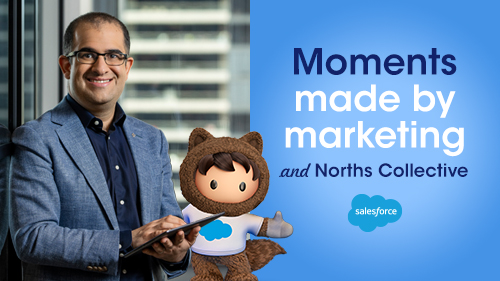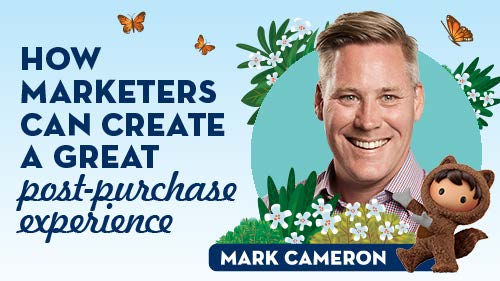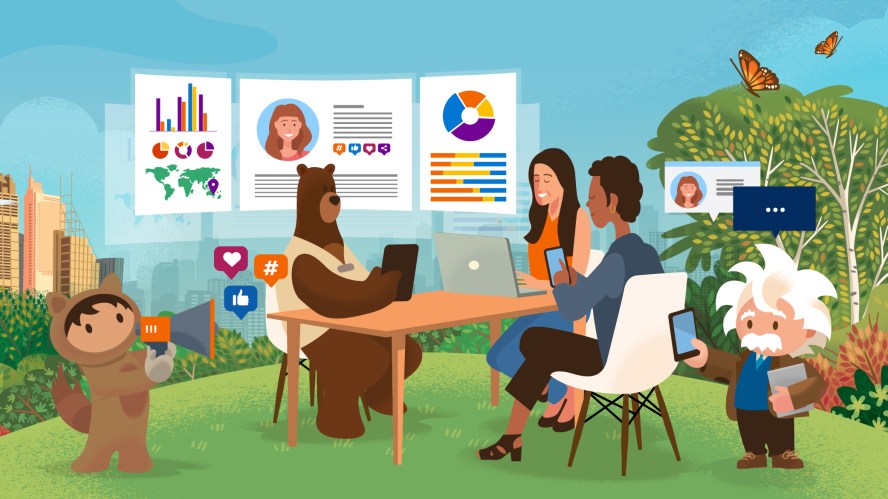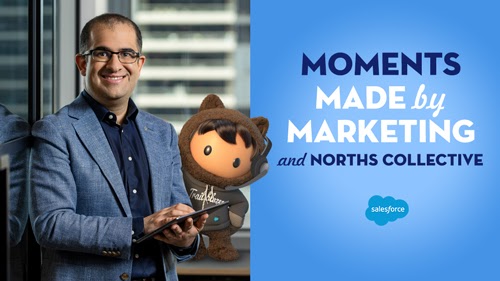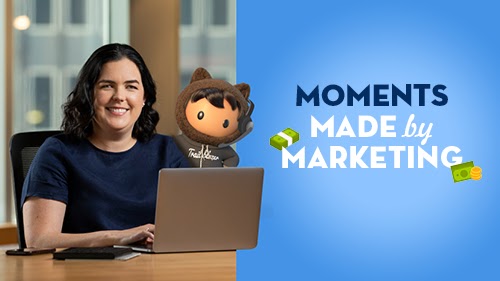The New 3Ps Of Marketing: People, Personalisation And Privacy


The rise of data-driven marketing, increased customer expectations, and personalisation mean it’s time to rethink the 3Ps – price, place, and promotion aren’t everything.

Chris Jordan
One of marketing’s most dramatic changes of the past year is in the use, collection, and control of data. Add to this the significant changes to the ways that customers interact with businesses, and it’s time to stop calling price, place and promotion marketing’s be-all and end-all.
So, what’s happening with data and marketing in 2023? How do we best prepare for disruption to the status quo?
We are rushing toward Google’s much talked about changes to third party cookies. Safari already blocks them. These changes have pointed the spotlight firmly on consumer data and how it’s collected and used.
This new focus has put privacy and data control front of mind not only for businesses, but consumers too.
Last year’s State of the Connected Customer report found that 64% of consumers feel most companies aren’t transparent about how they use personal information – 74% feel that companies collect more information than they need to.
There is a silver lining, however. The majority of customers – 64% – say that companies take online privacy more seriously than they used to.
Companies aren’t standing still, though. More than two thirds of companies have already shifted their strategy away from relying on third-party cookies, many of them toward a plan that focuses on zero- and first-party data. These strategies aren’t without their own challenges, however.
To help address these challenges, we’ve identified three areas for marketers to focus on — the 3 new Ps for marketers in 2023. They are essential for any marketer in a customer-centred organisation.
Why is first party customer data more reliable?
With the end of third-party cookies on the horizon, 68% of marketers have a fully defined strategy to shift toward first party data.



1. People
Despite the incredible advancements of technology, including cars that drive themselves and watches that communicate with our doctors, one thing has not changed – we still sell products and services to people – not to computers or devices.
By 2025, the average Australian household will contain more than 33 internet-connected devices, compared to only 20 in 2021. This creates a new challenge for marketers: how to understand and connect with the one person behind several devices.
In this seemingly fragmented user environment, marketers must still deliver the right experience at the right time to the individual consumer, no matter what device they are using. To bring the consumer back into focus — a real person rather than a collection of touch points — a lot of disparate data dots must be brought together.
Intelligent, real-time, AI-driven marketing, like that provided by Marketing Cloud powered by Data Cloud, will come into its own as marketers contend with huge increases in the demands they place on their data management platforms.
Your marketing efforts probably generate dozens of digital IDs and signals for every customer. Only once we connect the dots can we effectively communicate and engage with consumers.
Customer experience is now digital-first, and not connecting and communicating in an omni-channel, omni-device manner is the fastest route to failure.
This is evidenced by the fact that our eighth State of Marketing report found that 90% of marketers use a CRM system to capture and unify data. More than 60% are even exploiting the power of AI to help manage their customer information..
With so much data at your fingertips, it can be tempting to zoom out and look at your customers from a bird’s-eye view. Instead, you can use the power of a real-time CRM to zoom in, and focus on the people behind the devices.
We interviewed more than 6,000 international marketers
Discover the state of marketing today in our latest research report.



2. Personalisation
Consumer expectation is clear — treat them as individuals or see them walk…
The results of the State of the Connected Customer report illustrate this perfectly. It shows that 73% of customers expect companies to understand their unique needs and expectations. Worryingly, only 67% think that most companies are capable of meeting that expectation.
According to the 2021 Gartner Cross-Functional Customer Data Survey, just 14% of organisations achieve a complete 360-degree view of their customer. The challenge this presents marketers is two-fold. First, how can they offer a personalised service with such limited information?
Second, how do marketers make customer engagement relevant, interesting, and personal without stepping over the line into an invasion of privacy? After all, there’s personal and then there’s creepy.
The answer might be more straightforward than you’d expect: create a customer data strategy based on clear business objectives (one that doesn’t hold any more customer data than is necessary to achieve those objectives), put the people in place that can deliver it, then, and only then, look for the technology that can help you execute the strategy.
3. Privacy
Consumer demand for trust, transparency, and privacy is creating a new business imperative. Where companies once controlled customer data, the consumer is taking back control, insisting that their data be treated with the integrity it deserves.
And in order to use that precious data, we need the processes in place to foster trust with consumers. This starts with informed consent – not just providing a checkbox on a webpage, but a true understanding of how data will be collected and used, in consumer-friendly language. There are clear business benefits to this kind of transparency – 79% of consumers say they’d be more likely to trust a company with their information if its use were clearly explained.
This often means going above and beyond what’s required by law or industry standards, and yet only just over half of marketers would say they do so, according to the State of Marketing report.
The days of honesty being seen as a quaint and optional add-on, of getting any kind of transparency being like pulling teeth, are over. Going forward, demonstrated respect for privacy will be a key customer demand. There is much work to be done by businesses to restore consumer faith in data collection and use.
As always, in adversity, there is opportunity.
The brands that take on these three new Ps as a business and strategic priority will prosper. Trust and privacy will be critical, and not just in the sense of avoiding a GDPR lawsuit, but going above and beyond to do what is right by the ultimate judge – your customers.Find out more about the strategies, tactics, tools, trends and tech driving marketing in 2023 – and see what the highest-performing marketers are doing differently – in the State of Marketing report.
Get insights and trends from 6,000+ global marketing leaders
















